Computer vision: implementation and usage
Computer vision is found in nearly every aspect of our lives including images, videos, text and speech. Nowadays it is widely applied in video surveillance and security, military, automotive driving, healthcare, agriculture, manufacturing, retail and consumer. According to analytical reports, the market is growing and by 2023 its volume will double. The fastest growing and profitable areas (more than half of the total income) are the automotive driving and consumer market.
Video surveillance and security
Intelligent video surveillance systems are used for home and town security, for office and manufacturing processes. Over one billion surveillance cameras are installed worldwide, according to IHS Markit's report. China has nearly 50% of them, implementing computer vision for face detection (finding criminals, for example). The task of deep learning in video surveillance is object detection – face detection, motion detection, static object detection, human tracking, anomaly detection.
Military
The main military applications of CV are:
- CCTV.
- Autonomous vehicles.
- Minefield neutralization equipment.
- Quality control in ammunition production.
Automotive industry
The share of deaths due to car accidents is 2.2% of the total number of deaths in the world. That's about 1.3 million a year, or nearly 3,300 people a day.
Computer vision allows the development of systems for safe driving – from cross-traffic alert (it warns the driver when there is an object on the backing path) to self-driving cars.
Computer vision allows the development of systems for safe driving – from cross-traffic alert (it warns the driver when there is an object on the backing path) to self-driving cars.
Healthcare
Computer vision in medicine helps doctors to diagnose with high accuracy. Images may contain small details that the doctor may not notice, but such details can be recognized by the computer vision system. The image also can be compared with thousands of other images fast and automatically.
Agriculture
Huge possibilities are available by implementing computer vision in the agriculture industry.
Computer vision technologies are used for:
Computer vision technologies are used for:
- Precision farming (a series of strategies and tools that allow to optimise and increase soil quality and productivity).
- Crop management.
- Plant disease detection.
- Raising livestock (weighing pigs and milking cows, for example).
Manufacturing
Modern high-tech production requires special approaches to optimize operational and control processes. Computer vision has made a real technological breakthrough and significantly expanded the capabilities of identifying defective products in the industry, and brought it to a new, higher level. New technologies allow monitoring the quality directly during the production process.
Retail
Computer vision is used for many business processes:
- Optimization of replenishing the assortment on store shelves, scanning barcodes.
- Customer tracking and data – gathering information related to clients behaviour and their emotional detection. For marketing and for sales growth.
- Apps for online trading – visual search and sending personal information (discounts, sales and so on).
- Security – detection of suspicious behaviour in order to prevent theft.

Computer vision in retail

